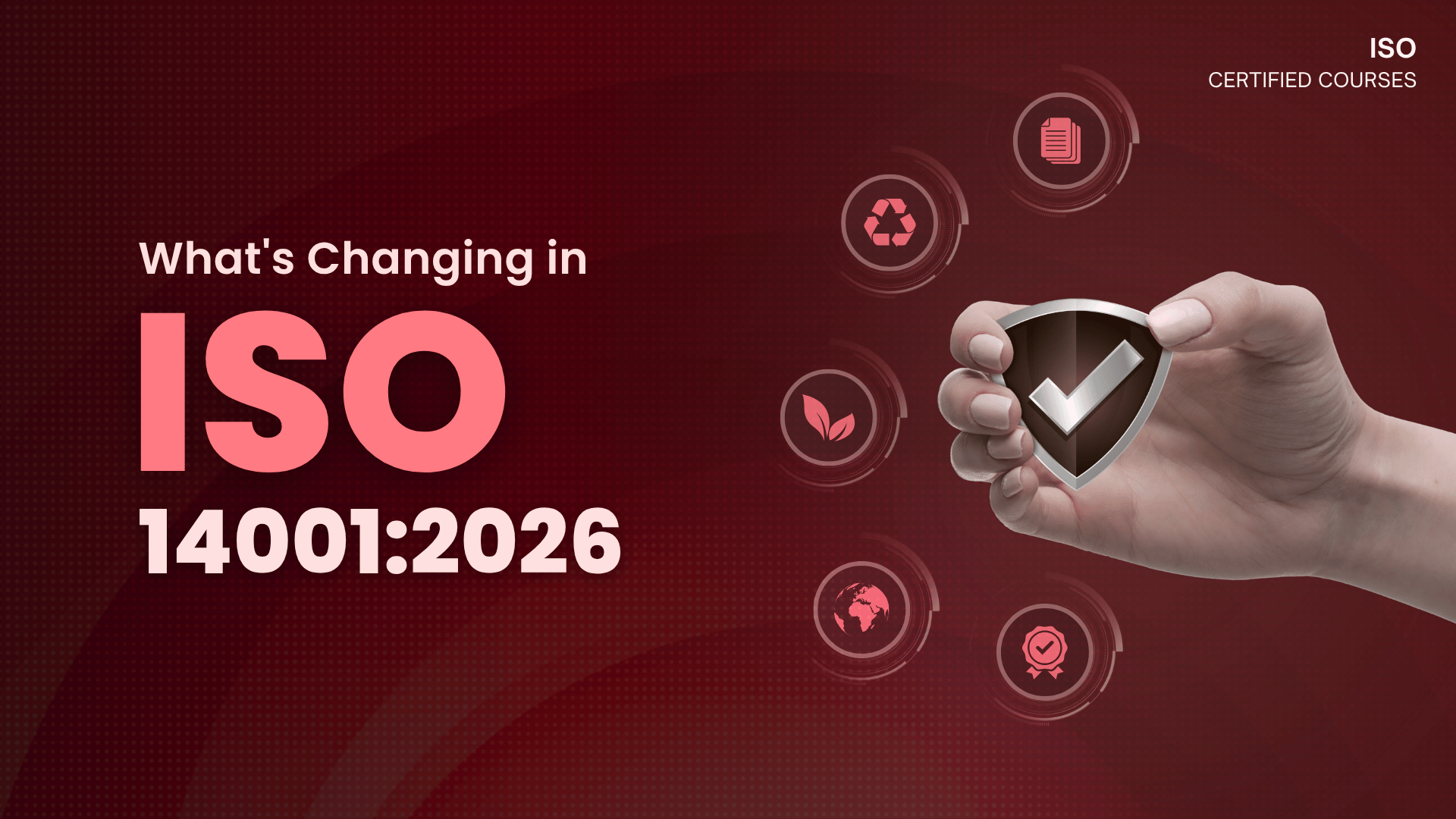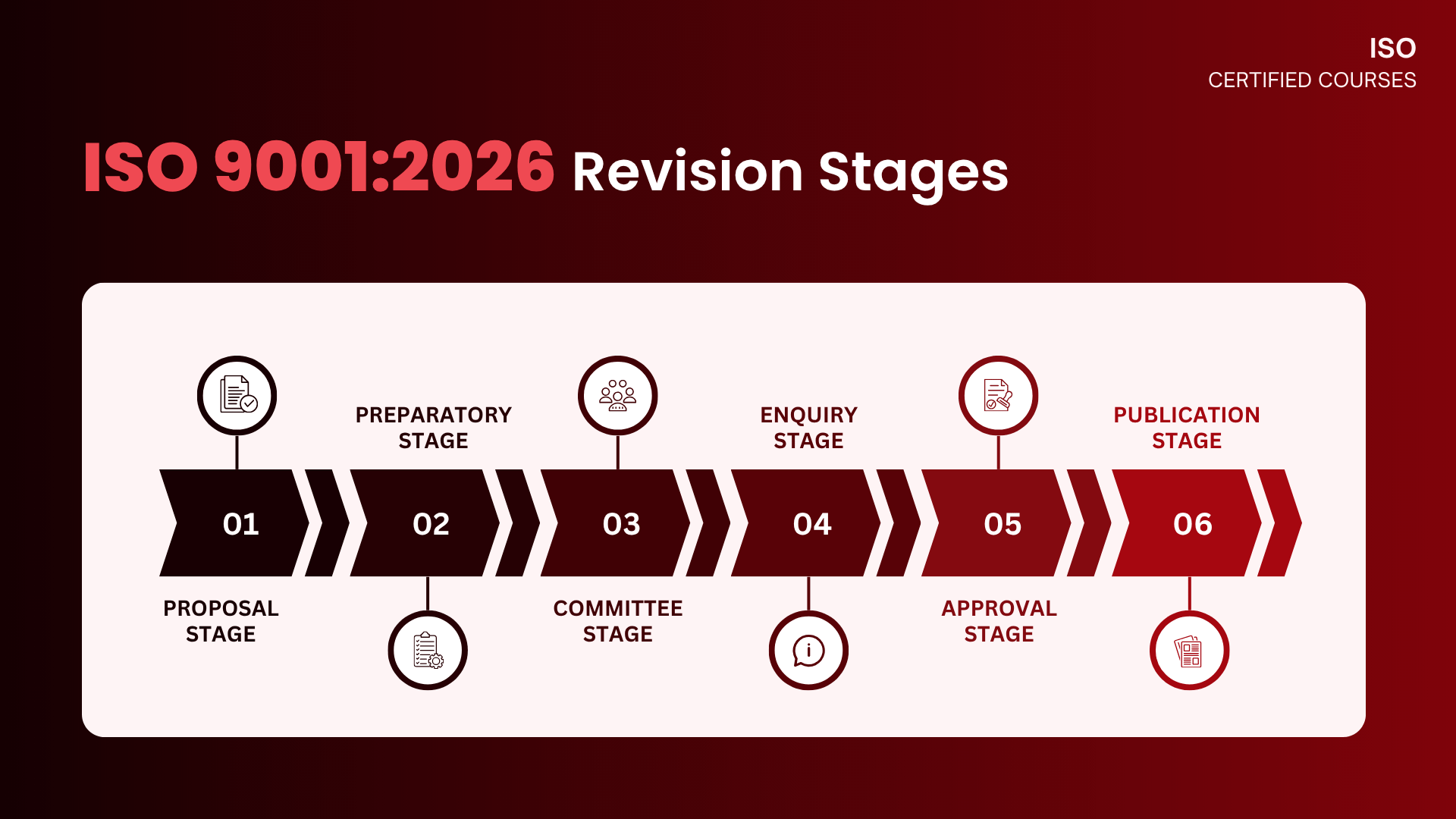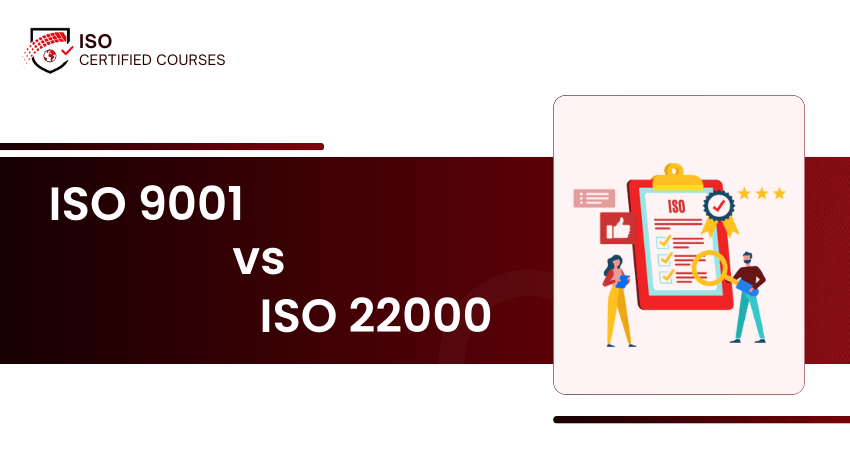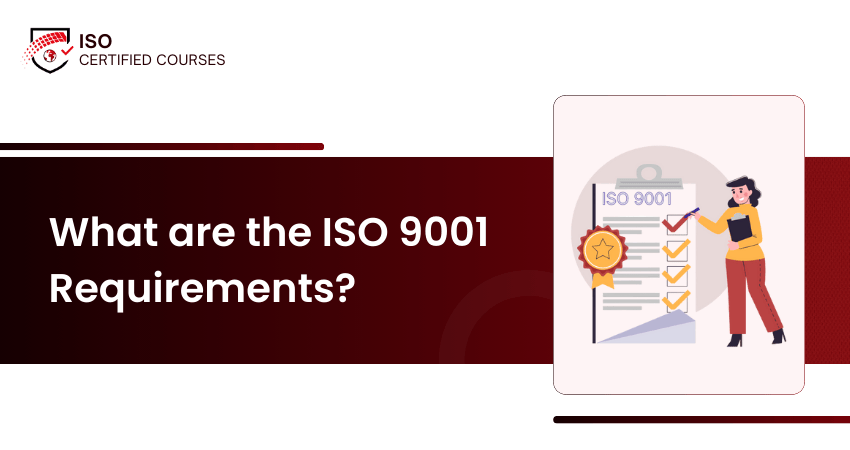 Aug 7, 2025
Aug 7, 2025
The International Organization for Standardization (ISO) has taken a major step toward updating ISO 14001, the leading global standard for Environmental Management Systems (EMS). A revised draft has been registered and is currently under review.
Before it becomes an official Draft International Standard (DIS), it must go through a 12-week voting process. Depending on the results, the draft may either move forward or be sent back for further changes. The final release is expected in January 2026. Let’s explore the ISO 14001 Revision timeline, key expected changes, and how they may affect your organisation.
An Overview of ISO 14001 Revisions
In 2021, ISO/TC 207 SC 1, the committee responsible for ISO 14001, carried out a global survey, which showed no strong need for a full revision. Despite this, a light update was approved to address rising environmental concerns like climate change, resource limits, and updated regulations. The aim is to improve the standard without changing its main structure. This is the first update since 2015, following many important developments in the environmental field.
Key drivers behind the revision include growing concerns about greenhouse gas emissions, increasing adoption of renewable energy, and a worldwide move toward circular economy principles. The revision also considers alignment with the UN’s Sustainable Development Goals (SDGs) and the EU’s Green Deal. Currently, ISO 14001:2015 addresses lifecycle thinking, but broader integration is under review.
Topics Under Clarification for the Latest Environmental Management System
According to information shared by the German Association for Quality (DGQ) on August 23, 2024, a one-week meeting was held in Bern, Switzerland, in July 2024 to discuss comments on the Committee Draft (CD) of ISO 14001. As a result, the following topics are now being clarified in terms of their connection to the Environmental Management System (EMS).
1) Organisational Strategy: Role of the EMS in supporting overall strategic goals.
2) Business Processes: Integration of environmental controls into daily operations.
3) Integrated Management Systems: Alignment of ISO 14001 with other ISO standards.
4) Change Management: Inclusion of environmental aspects in organisational change.
5) Context of the Organisation: Strengthening the evaluation of internal and external factors.
6) Risks and Opportunities: Improving the management of environmental risks and sustainability opportunities.
Further discussions also covered how the EMS connects with wider environmental themes:
1) ISO 14002 Guidance: Consistency with sector-specific standards.
2) Environmental Reporting: Transparency in external disclosures.
3) Environmental Culture: Promoting sustainability at all levels of the organisation.
4) Employee Engagement: Encouraging staff involvement in environmental efforts.
5) Outsourced Processes: Managing environmental impacts from third parties.
6) Supply Chain Management: Extending environmental expectations to suppliers and partners.
What Changes are Expected in the 2026 Revision
While the final text is still subject to ballot, several proposed changes have already emerged from the draft:
1) Alignment with ISO’s Harmonised Structure (HS): Ensures consistency across all management system standards.
2) Enhanced Clarity: Existing requirements reworded and supported with explanatory notes.
3) Expanded Annex A: Offers more detailed guidance on key clauses for easier implementation.
4) Climate Change Inclusion: Clause 4.1 now explicitly references climate change as a contextual factor.
5) Examples of Interested Parties: Clause 4.2 includes a new note listing sample interested parties, aligned with ISO 9001.
6) Life Cycle Perspective: Clause 6.1.2 includes a new note clarifying how to apply a life cycle approach.
7) Updated Planning Structure: Clause 6.1.4 renamed "Risks and Opportunities"; a new Clause 6.1.5 ("Planning Actions") under review.
8) New Clause on Change Management: Clause 6.3 introduces structured planning for organisational changes.
9) Stronger Operational Control: Clause 8.1 requires clearly defined controls for outsourced processes, products, and services.
10) Revised Management Review: Clause 9.3 split into three sub-clauses for clearer input/output requirements.
11) Simplified Improvement Section: Clause 10.1 deleted to streamline the improvement framework.
What are the Benefits of ISO 14001
ISO 14001 offers a structured way to manage environmental risks while supporting long-term sustainability. Key advantages of using ISO 1400 include:
1) Improved efficiency
2) Lower costs
3) Environmental assurance
4) Regulatory compliance
5) Competitive edge
6) New opportunities
7) Stakeholder trust
8) Better environmental outcomes
9) Leadership alignment
10) Operational consistency
Conclusion
While the upcoming ISO 14001 Revision is not a major change, it brings meaningful updates to meet rising environmental expectations. The changes aim to improve usability for both new and existing users. With the final release expected in January 2026, organisations are encouraged to begin preparations early to allow a smooth transition.
Ready to strengthen your environmental practices and build a sustainable Environmental Management System with our ISO 14001 Training? Register now!
Search Smarter
Access trending news in one search








































